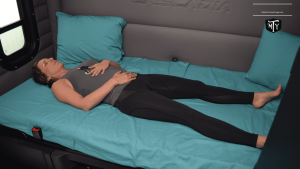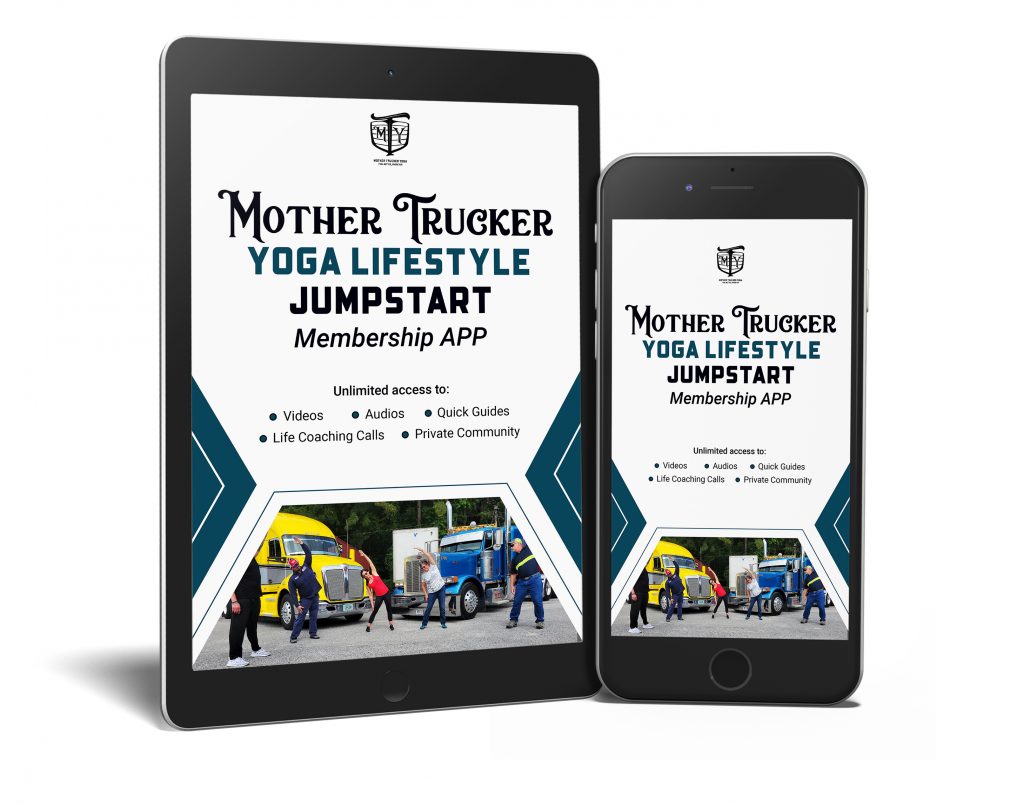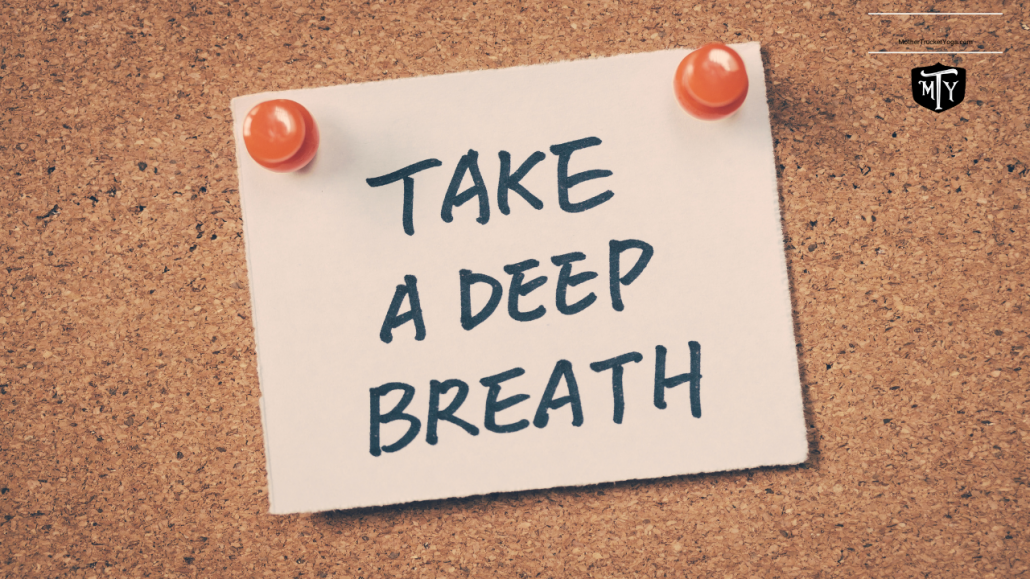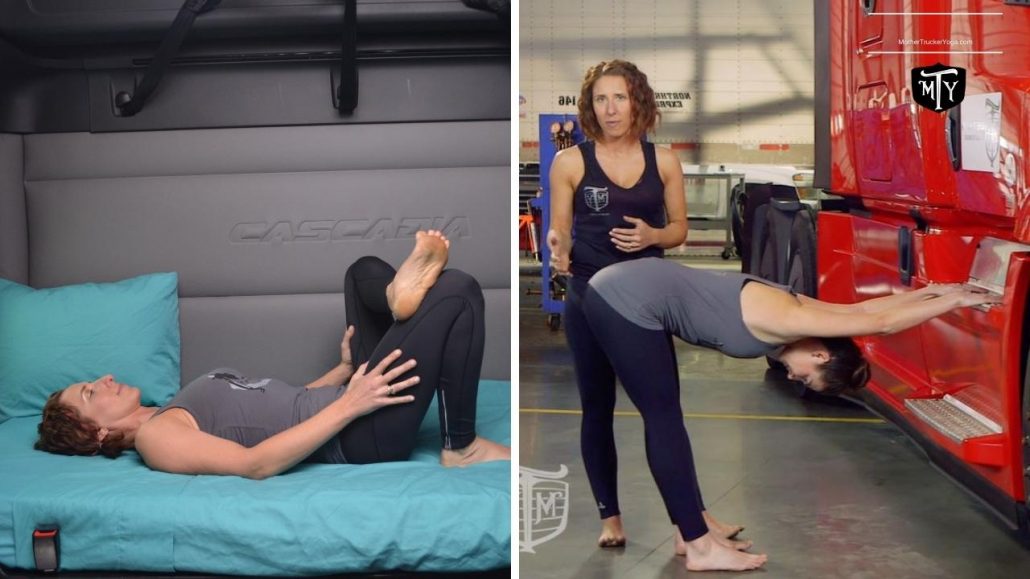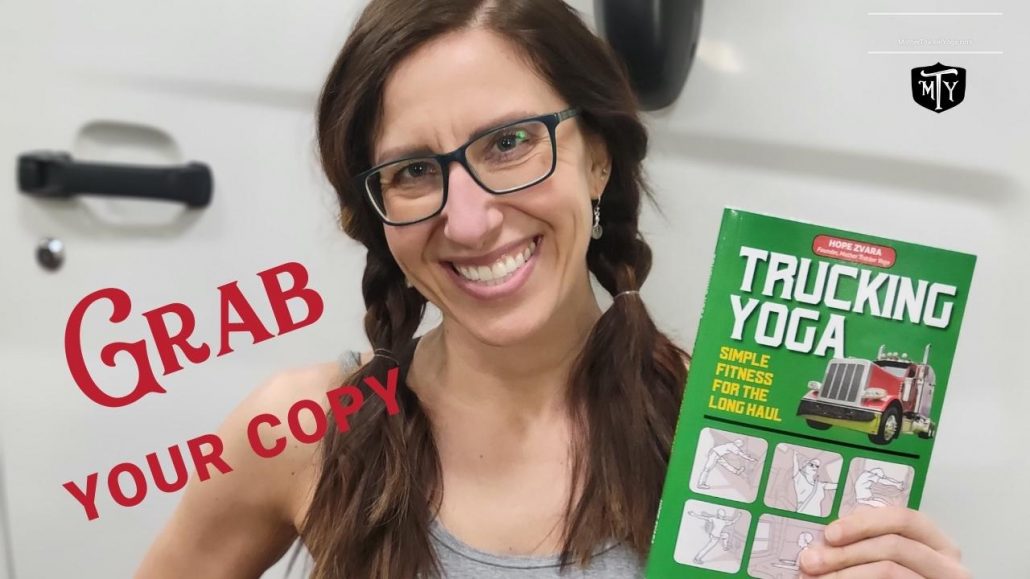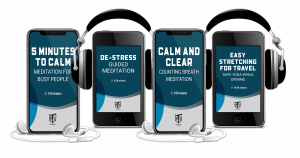4 Skills Every Trucker Should Have To Improve Truck Driver Health
The trucking industry is often more competitive than people think. There can be a lot of individuals applying for the same preposition. Knowing the skills you need is essential beyond standard driving qualifications. And when it comes to skills, drivers should have skills to take care of truck drivers’ health is critical.

4 Skills Every Trucker Should Have To Improve Truck Driver Health
First Aid
At this point, you might think, wait, I’m going to be alone for most of the trip. While this is true, it is worth considering what might happen if you end up in an accident. If you have a first aid qualification, you could provide vital support to anyone injured. First aid could be a critical skill for a truck driver.
Don’t forget; this does include yourself. It’s easy to forget that skills in first aid will ensure that you can provide primary care for yourself if you are injured too. You’ll know the proper steps to take. You can learn more about this on sites that offer first aid qualifications. Regarding truck driver health, first aid is essential; being certified could save a life or even yours.
Customer Service
You might also want to consider your customer or client service skills. If you are new to the trucking industry, it’s easy to assume that there are virtually no interactions with other people. While true, you will spend most of your time on the road. You’ll still interact and engage with clients, customers, or colleagues. These interactions will impact how people judge and view your service. As such, you need to know how to interact with people at your final destination and on the road. Remember, your behavior will alter the perception of the business you’re working for. How people perceive you create an energy of how you are treated and when you are treated poorly or negatively, which can alter our mood, state of being, and overall truck driver health status.
Consider taking a breath before you speak and ask yourself, is what I am about to say necessary and kind? You can be honest and kind at the same time.
Patience
You must have patience when you’re a truck driver. There will be many times when you are stuck in traffic or when there are countless factors beyond your control. In times like this, mistakes can and will happen if you are not patient. It would help if you were willing to wait it out and have the mindset that some things can not be changed or fixed by you. This will also help you improve the quality of your driving.
Consider practicing deep breathing like the 3 and 6 Count Breath to improve your truck driver’s health:
- Inhale for three counts through the nose.
- Exhale for six counts through the mouth.
- Repeat this for one minute.
- Then observe how you feel.
Do this whenever you feel stressed, annoyed, or low on patience. Mother Trucker Yoga has audio meditations for drivers to help you with patience! This is just one skill to have to improve truck driver health.
Mechanical Knowledge
Like first aid, you don’t need this skill as a trucker. But it can be helpful to have. Your employer won’t expect you to have mechanical knowledge, but it’s great if you know a little about how your vehicle works for a few reasons. First, it will ensure that you know the signs there’s a problem with the vehicle, which may mean it’s not safe to drive. Catching these signs early will help you avoid an accident. Second, it can ensure that you know what to do if your truck breaks down at the side of the road and may provide you can get it up and running again without waiting for support.
We hope this helps you understand some of the skills you should have as a truck driver. By learning these skills, you can ensure that you are more likely to be hired for a position. You will also be more effective in any trucking job that you are chosen for.

